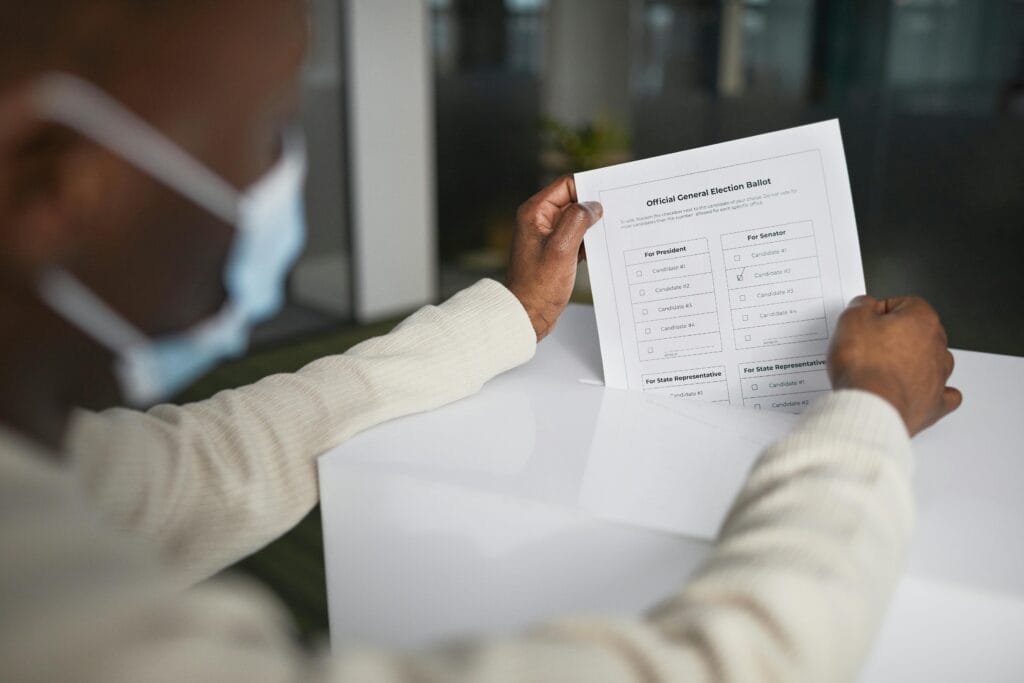The Small Business Capital Gains Tax (CGT) concessions provide valuable tax relief for eligible business owners who sell active business assets. However, accessing these concessions requires meeting strict eligibility criteria. This guide outlines the essential conditions and steps to determine eligibility, ensuring that business owners can maximise their tax savings when disposing of business assets.
Basic Eligibility Conditions for Small Business CGT Concessions
To qualify for any of the small business CGT concessions, the disposer of the asset must meet two key conditions:
- Small Business Test – The disposer must meet either:
- The $2 million aggregated turnover test, OR
- The $6 million net asset value test.
- Active Asset Test – The asset must have been an active asset for at least:
- Half of the ownership period if held for less than 15 years, OR
- 7.5 years if held for 15 years or more.
Additional Conditions for Shares and Trust Interests
If the asset being sold is a share in a company or an interest in a trust, further conditions apply:
- The disposer must be a CGT concession stakeholder (if an individual).
- If the disposer is not an individual, the 90% CGT concession stakeholder test applies.
- The business must meet modified turnover or net asset value tests before disposal.
- If the $6 million net asset test is not met, the business must have been operating immediately before the sale.
The Small Business CGT Concessions Roadmap
Once the basic eligibility conditions are met, a business owner may be eligible for one or more of the following four small business CGT concessions:
- 15-Year Exemption – Full CGT exemption if the asset was owned for 15+ years and the disposer is aged 55+ and retiring.
- 50% Active Asset Reduction – A 50% reduction of the capital gain, applied after any general 50% CGT discount.
- Small Business Retirement Exemption – Up to $500,000 in capital gains can be exempted tax-free (must be contributed to super if under 55).
- Small Business Rollover Relief – Allows deferring the capital gain if a replacement business asset is acquired within two years.
Example: Applying the Small Business CGT Concessions
Scenario
David owns a small retail business and sells his business premises for $1.2 million, generating a capital gain of $400,000. He meets the $2 million aggregated turnover test and has owned the property for 10 years.
Applying the CGT Concessions
- 50% General CGT Discount applies (as he held the asset for more than 12 months), reducing the gain to $200,000.
- 50% Active Asset Reduction further reduces the gain to $100,000.
- David applies the Small Business Retirement Exemption, fully eliminating the remaining $100,000 taxable gain.
Outcome: David pays no capital gains tax, maximising his retirement benefits.
Final Thoughts
Navigating the small business CGT concessions requires a clear understanding of eligibility rules and structuring options. By carefully assessing whether the basic and specific conditions are met, business owners can significantly reduce or eliminate capital gains tax on the sale of business assets. Consulting with a professional tax adviser is recommended to ensure compliance and optimal tax outcomes.
